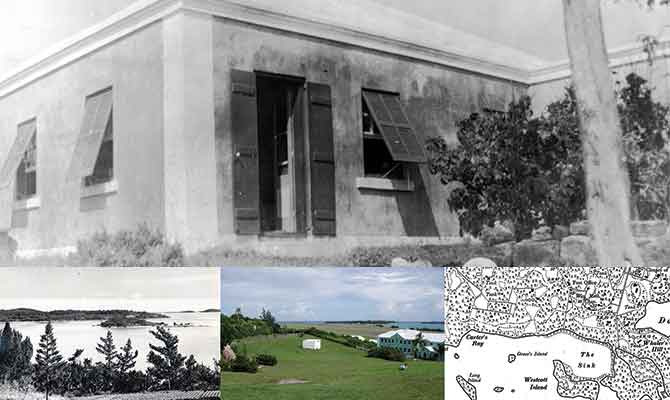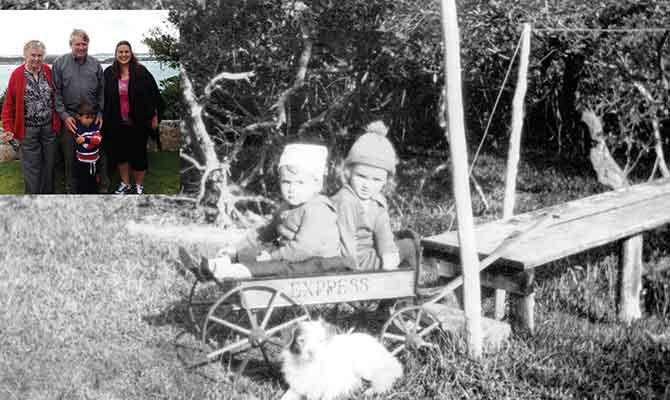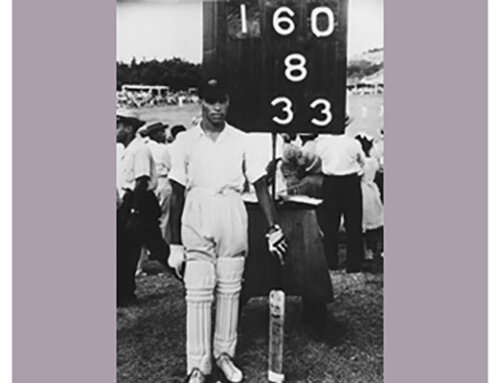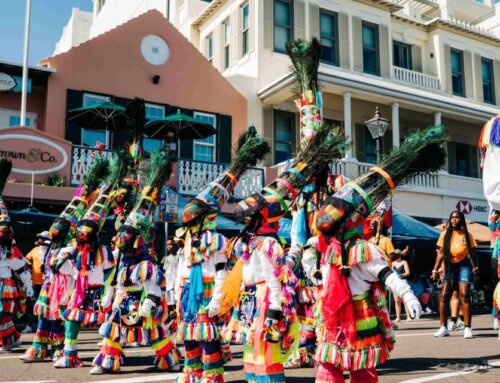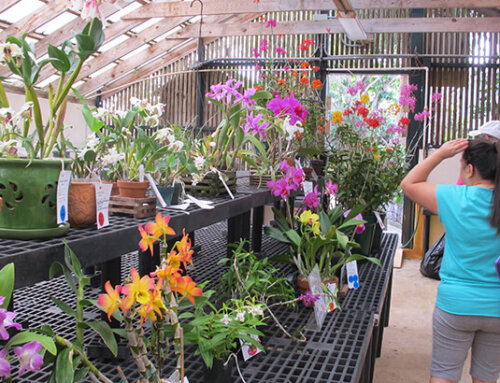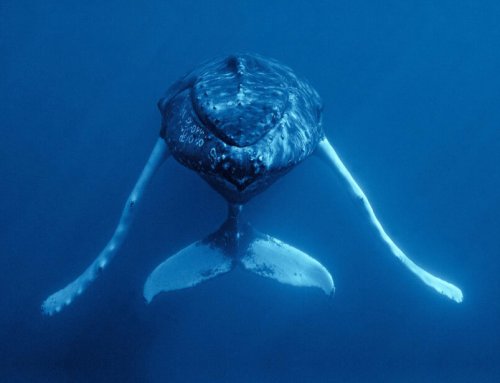by Dr. Edward Cecil Harris, MBP, JP, PHD, FSA
Two years ago, Elizabeth Musson Kawaley launched the second edition of her book of memories, named for her childhood home, The Island that Disappeared. Hers was Longbird Island, now destroyed to accommodate Bermuda’s airport.
There was only one other island that was inhabited prior to the making of Kindley Field in 1941 and that was Westcott Island on the western side of a bay known as ‘The Sink’, off the south side of St. David’s Island. If one stands today on the lawn of the historic Carter House and looks towards Castle Island, Westcott is now an island and home under the runway, pushed into The Sink to fill it up.
Upon reading of Elizabeth Kawaley’s account of her island, Barbara Higgs Roberts came forward with her memories of St. David’s Island and in particular of the home of one set of her grandparents, who lived on Westcott Island. The islet was home to Clarissa and John Fox, parents to Susan, Barbara’s mother, who married a Higgs, another of the main family names of St. David’s Island. The island of five acres was connected to St. David’s by a narrow land bridge.
Barbara (now deceased) was born in 1920 and her ‘memories go back to my wonderful childhood days when St. David’s was a natural, kind and lovely Island…many people today have grown up with hearsay, but I was there and this is how I remember it’. Mrs. Roberts noted: ‘I have seen the Severn Bridge built and demolished. I have seen the Railway built and destroyed. I have seen the south side of St. David’s grow and the natural beauty destroyed by the U.S. Base’.
Harking back, Barbara wrote that ‘when the Base came, my immediate family was not dispossessed, but my granny, Clarissa, three aunts and an uncle were. They lived on Westcott Island. The only access to this was over a small wooden bridge, homemade with no modern equipment. It was about a hundred yards long, surrounded by mangroves and when the tide was high it was almost under water’.
As young children, almost as it were on a ‘deserted island’, the Higgs’ and others ran freely and wild about St. David’s. Mrs. Roberts has written: ‘At a very young age, I was allowed to walk on my own to see my granny. It would take me almost 15 minutes, always taking shortcuts through neighbours’ gardens, but no one complained in those days. I would walk down a rocky hill named “Scribes and Pharisees”; at the bottom we would come to The Sink—ever so beautiful: untouched. All of the pathway wound through buttonwood trees and then I would be at the little bridge and then Westcott Island, where I spent most of my childhood growing up with two aunts, a browbeaten uncle and my granny (also known as “Poor Mama”)’.
Hopefully, more women like Barbara and Elizabeth will take the time to record their memories and preserve their memorabilia, which will enhance the lives of the present generations and those of Bermudians yet to come.

